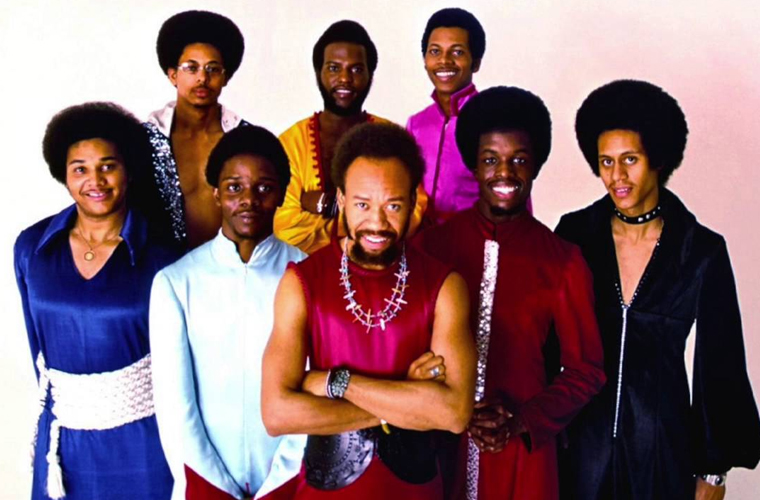Earth, Wind & Fire, American pop, soul, and jazz-fusion band that became one of the best-selling and most influential black groups of the 1970s. The principal members were Maurice White (b. December 19, 1941, Memphis, Tennessee, U.S.—d. February 4, 2016, Los Angeles, California), Philip Bailey (b. May 8, 1951, Denver, Colorado), Verdine White (b. July 25, 1951, Chicago, Illinois), Fred White (b. January 13, 1956, Chicago, Illinois), Al McKay (b. February 2, 1948, New Orleans, Louisiana), Johnny Graham (b. August 3, 1951, Kentucky), Ralph Johnson (b. July 4, 1951, Los Angeles, California), Larry Dunn (byname of Lawrence Dunhill; b. June 19, 1953, Denver, Colorado), and Andrew Woolfolk (b. October 11, 1950, Texas).
Earth, Wind & Fire was the brainchild of Maurice White, a drummer raised in Memphis, Tennessee, who moved to Chicago and became a veteran session player at Chess Records and a member of the Ramsey Lewis Trio. He drew upon a wide variety of influences, including his Memphis church-singing roots, his broad recording duties at Chess, and his stint at the Chicago Conservatory of Music, to create a truly original fusion of styles with his innovative group.
Capitalizing on his reputation as a session player, White was able to establish the group in Los Angeles as a jazz-fusion act in 1970, recording two albums for Warner Brothers. While on tour in Denver in 1971, the group shared a bill with a local act that featured vocalist Bailey, keyboardist Dunn, and saxophonist Woolfolk, all of whom soon after joined a reconstituted Earth, Wind & Fire that developed a broader musical range encompassing funk, soul, and pop. The group switched labels, and their second album for Columbia, Head to the Sky (1973), sold a half-million copies, setting the stage for the huge success that followed. That’s the Way of the World (1975) lifted Earth, Wind & Fire to superstardom, yielding the hit singles “Shining Star” and “Reasons.” Their phenomenal string of 11 consecutive gold albums (sales of 500,000 copies), 8 of which also attained platinum status (sales of 1,000,000 copies), included Gratitude (1975), Spirit (1976), All ’n’ All (1977), The Best of Earth, Wind & Fire, Vol. 1 (1978), and Raise! (1981).
Part of the band’s appeal was its remarkable versatility, as it delivered soulful ballads, spiritual anthems, Afro-Caribbean jazz, driving funk and rock, and upbeat disco dance hits. Earth, Wind & Fire’s songs offered uplifting, poetic lyrics with romantic and playful themes of universal brotherhood, spiritual enlightenment, and sentimental romance. The group was known for spectacular concerts that featured gigantic stage props, elaborate costumes, grand illusions, and frenetic musical energy. The multitalented White and falsetto vocalist Bailey led an ensemble that often reached 15 players onstage. White’s affection for Egyptology and use of African instruments such as the kalimba (thumb piano) further embellished the group’s unique image.
Earth, Wind & Fire spawned a number of imitations during the 1970s, as groups adopted mystical three-part names, imitated their elaborate dress and choreography, or attempted to reproduce the poetry, lush orchestration, and mysticism of Earth, Wind & Fire’s albums and concerts. Despite a brief hiatus during the 1980s, White’s group remained an international stage attraction through the ’90s. In 2000 Earth, Wind & Fire was inducted into the Rock and Roll Hall of Fame.

